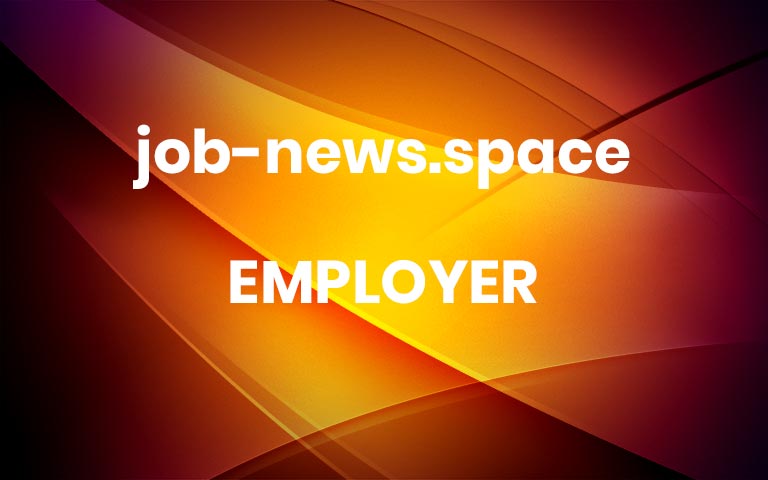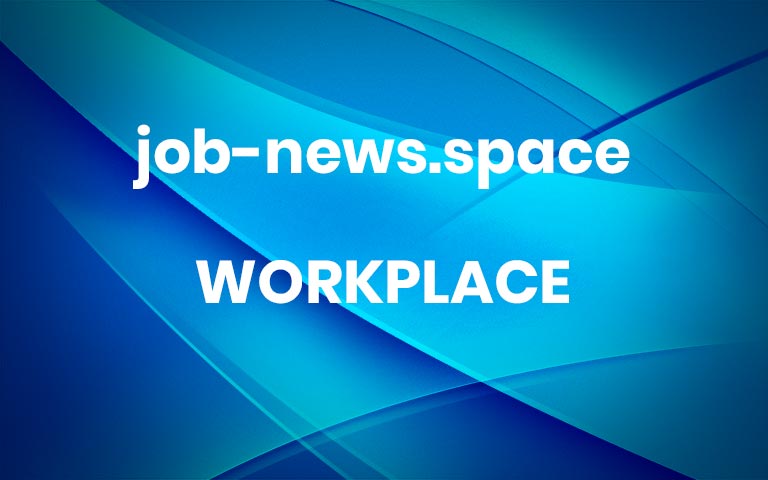How to Foster Psychological Safety in the Workplace, from Interviews to Management
Why it’s Important to Create an Environment for Employees and Candidates that Welcomes Feedback
The workplace hasn’t always felt like a safe space to speak up or out. Because of that, issues can go unaddressed and ideas can go unmentioned. Savvy organizations know an environment strong in psychological safety is more conducive to innovation and employee satisfaction. Haven’t heard of psychological safety before or don’t know what it is? Learn why it’s important in the workplace from interviewing to managing teams. Find out how to establish and nurture it within your company.
What Is Psychological Safety?
According to Harvard leadership professor Amy Edmondson, “psychological safety is a belief that it’s absolutely ok, in fact, it’s expected, to speak up with concerns, with questions, with ideas, with mistakes.” Everyone feels comfortable being themselves at work. There’s no fear of punishment or humiliation for one’s thoughts or ideas.
This doesn’t mean work is sunshine and rainbows all the time. Conflict will happen. The difference is people are willing to speak up. There’s mutual support with psychological safety.
Psychological safety lays the groundwork for innovation and adaptive performance. This can occur at all levels of an organization. It establishes an environment where team members feel comfortable expressing concerns. They ask tough questions because everyone’s input counts. They’re not afraid to throw out ideas for fear of rejection. When team members feel safe, they’re more likely to take risks, share new ideas, and challenge the status quo.
Anabel Morales, VP of Talent Acquisition at Worksome describes psychological safety in a nutshell as “really just having the ability to speak your mind and being open to candor.”
Tyler Parson, Head of Talent at Chili Piper explains how creating this space stems back to the organization taking initiative. “If you create a culture where it’s okay to say those things, then it takes all the fear out of it, or at least most of the fear out of it.”
Company Values & Culture Foster Psychological Safety
Reinforce and promote psychological safety through the company’s values. Doing so allows you to set the tone for its development throughout the organization.
Worksome’s company values are “Speak data, be brave, and have fun.” Anabel Morales explains how these values work to build an environment of psychological safety.
“Being brave really connects to letting people be authentic, speak their minds, and have fun. I think it’s not just about social events and team building, but it’s also about actually having a passion for your work and having fun at your job because of what you’re doing.”
“Our cultural framework is made up of trust, transparency, and inclusion. We try to approach everyday interactions with our colleagues in this way and also throughout the candidate journey.
Culture promotes psychological safety for internal employees seeking changes too. Tyler Parson shares how this works.
“What we’re trying to build at Chili Piper and have been successful in doing so far is creating a culture where if you want something new, you always ask for it internally first. If it’s in the realm of possibility and our growth plan, then we try it.”
With clear values and a positive culture, employees can feel comfortable expressing themselves in the workplace and building trust with the company.
Psychological Safety in Interviewing
For far too long, an interview hasn’t always felt like an opportunity to speak up without fear of backlash. Or worse, getting the boot from the recruitment process. Building psychological safety in interviewing will change that.
Anabel explains why Worksome makes an effort to provide psychological safety in the interview process. “We want to ensure people feel free to speak up and share failures as well as successes because we know that’s really where the learning happens and that’s just important to share.”
This welcomes the opportunity for candidates to share the adversity they overcame to achieve success!
So, how do you set a precedent of psychological safety for a candidate in an interview? It starts with the interviewer.
Tyler shares that Chilli Piper ensures during “interview trainings, hiring managers are equipped with how to create a basic positive candidate experience. Part of that is understanding how to make candidates feel comfortable, welcomed, and [empowered] to talk about their experiences in a way that doesn’t shy away from talking about their failures.
Gauge a candidate’s ability to foster psychological safety in the workplace. Ask questions focusing on empathy and respect. Assess if this person will be a good fit in a culture of psychological safety.
How do you go about building trust with your team?Provide an example of how you showed empathy in your current role.How would you help someone progress after a failure?Share how would you respond if someone else’s view on a task or project differed from yours.
Psychological Safety for Management
Creating a psychologically safe workplace starts with strong leadership. Leaders need to model the behavior they want to see in their team members. They need to encourage open communication. Give employees the space to voice their opinions.
Anabel believes “top leadership” setting a precedent has a ripple effect throughout the organization. “I think if they are living out their values then it will naturally trickle down to the rest of the company.”
“You can always use the values when you are trying to make tough decisions and when you reflect on the values, it’s [even] helpful in navigating your day-to-day.”
“When we hire managers or if we promote somebody into a management role, right away we introduce them to our leadership principle, educating them on just how to live up to those values.”
Tips to Build Psychological Safety
Here are 3 important tips from Amy Edmondson to create psychological safety as a leader:
Frame the work as a learning problem, instead of an execution problem. Needing everyone’s involvement creates a rationale for speaking up.
Ask more questions to invite sharingActively request opinions from those who tend to stay quiet
Acknowledge your own fallibility to create more safety for speaking up. Tyler Parson supports this saying, “It starts with… you as a leader practicing vulnerability”
Apologize when you make a mistakeAsk for help when you need it
Model curiosity and ask a lot of questions to create a necessity for voice.
Promote equal speaking time for everyone involvedEncourage feedback sharing and use it to build on ideas
Psychological Safety Is the Foundation for Innovation
Psychological safety establishes a baseline. Everyone can feel safe to speak up and feel heard when they do. In this sort of environment, innovation comes easily with the free flow of ideas.
Want more insights into recruiting tips and trends?
Tune into Hired’s podcast, Talk Talent to Me, to learn about the strategies, techniques, and trends shaping the recruitment industry—straight from top experts themselves.
Finally, want to listen to the full episodes featured in this article?
Editor’s note: at the time of the podcast recording, Tyler was Head of Talent, in June of 2022, she was promoted to VP, People. Congrats, Tyler! Likewise, when her episode was recorded, Anabel was VP of Talent Acquisition, in August of 2022, she became VP, People and Culture. Congrats, Anabel! More




